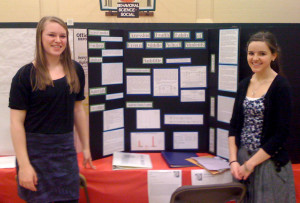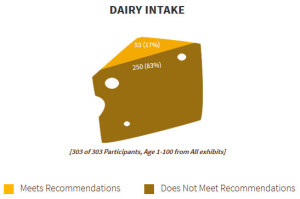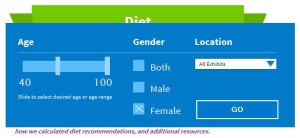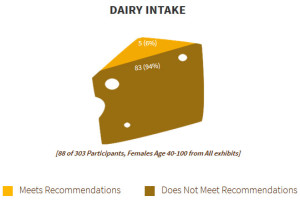Science Fair Help
How you can use this site for science fair…

Sources of Ideas for science fair investigations:
If you are interested in using actual health data in a science fair investigation, we’ve got lots for you! Would you like to compare teens and adults in terms of daytime sleepiness? We can share data on hundreds of people in each group. Would you like to know the percent body fat for middle school students so you can compare results for boys and girls? We can give you data on more than 2000 students. Have a look at the graphics on our “Explore the Data” pages. Try out the “Filter” option. Do some quick visual comparisons. You may find something that intrigues you!
Types of investigations that might lead to interesting science fair questions:
o Comparisons of age groups
o Comparisons of males vs. females
o Comparison of urban vs suburban results (Click here for Profiles of Let’s Get Healthy fair locations)
o Correlations between items measured in the fairs (use the SeeIt tool to do correlations)
If you use the SeeIt graphing tool, you can plot distributions of data sets and automatically compute the mean, mode and median for the data set or you can investigate correlations of data sets for two variables. You can try important correlations like blood pressure and diet fat intake or you can look for unusual correlations such as dairy intake and height.
Some Interesting Examples…
To get you started in this exploration, we suggest you look at some specific examples (these will teach you to use the filter tool):
Diet Station –– Dairy Intake graphic
Go to the “Explore Data” “Diet” page. Notice that the general population doesn’t have many people who meet the dairy intake recommendations. Only 17% of the people are getting enough dairy.

Now use the filter box to look at only females over age 40.

Check off the female check in the middle of the box and slide the left slider from the far left toward the middle of the page until the age range show 40 to 100 years.

Click “GO” and look at the graphic.


Now we find that only 6% of the women over 40 are getting enough dairy. This dairy intake is an important source of calcium which maintains bone strength.
Body Size Station –– BMI Graphic
Look at the general population Body Mass Index graphic. Notice that 62.8% of the overall group has a BMI which is classified as “Healthy.” Now use the filter to select the data from St Helens Middle School. There 59.8% are classified as “Healthy.” Compare this to the BMI for Wilsonville-West Linn middle schools. At those fairs, 79% were “Healthy.”
Skin Cancer–– Sun Safety Scores
Look at the general population sun safety scores and use the filters to compare the percent classified as “Excellent” for persons 0 to 20 years old and those 50 to 100 years old.
Other Support for Science Fair people:
The station description pages provide information on the measurement protocols used, the health recommendations that were used to classify the results, sources of information for the general public and a research bibliography for researchers.
Source of data and privacy issues:
Good science fair investigators concern themselves with the sources of their data whether they are taking measurements themselves or using data from another study. Your science fair rules will probably have standards about sources of data, especially from human subjects. All the data available from the Let’s Get Healthy website was obtained under the supervision of the Institutional Review Board of the Oregon Health and Science University. Only anonymous, public data is available on the website. In a few cases the number of subjects that fall into a category would be too small to guarantee anonymity. In those situations the data about those subjects are not available on the website. (All of this data may be used under the rules of the International Science & Engineering Fair- ISEF)
More Data is Available:
The data filters on the website and the data sets on SeeIt represent only part of the data in the Let’s Get Healthy database. Student researchers can make additional requests for data from the Let’s Get Healthy director. For example, you may want more specifics about data taken at a certain fair or for people giving certain responses on the diet or sleep surveys. To request such data send your preliminary Research Plan to LGH@OHSU.edu. If your request is approved, you will be asked to complete a OHSU/IRB user agreement.
If you are participating in an Intel ISEF (International Science & Engineering) fair (see http://www.societyforscience.org/document.doc?id=14).
With the data you request you will be sent a certificate from the Let’s Get Healthy Director stating that your data qualifies as an “Exempt Study” under the ISEF Human Studies Rules (2014 rules page 8) because the data have been appropriately de-identified and are in compliance with all privacy and HIPAA laws and the program was approved by the Oregon Health and Science University Institutional Review Board. This will allow to you to use this data without pre-approval from your local or regional SRC.



